Fire, Smoke, and Sunrise: Kentmere 200 First Impressions Posted On 26th August 2025 To Magazine & Stories

Push it to the limits
A brand new film is a wonderful prospect in the current analogue photography marketplace, and I am always eager to discover what a modern emulsion, concocted in this decade, can bring to my documentary photography workflow. When Kentmere 200 was announced, I knew I had to time my first efforts carefully in order to have something more than street snaps and mundanity to show for it, to really push it to the limits of what I demand from the film stocks I have become used to.
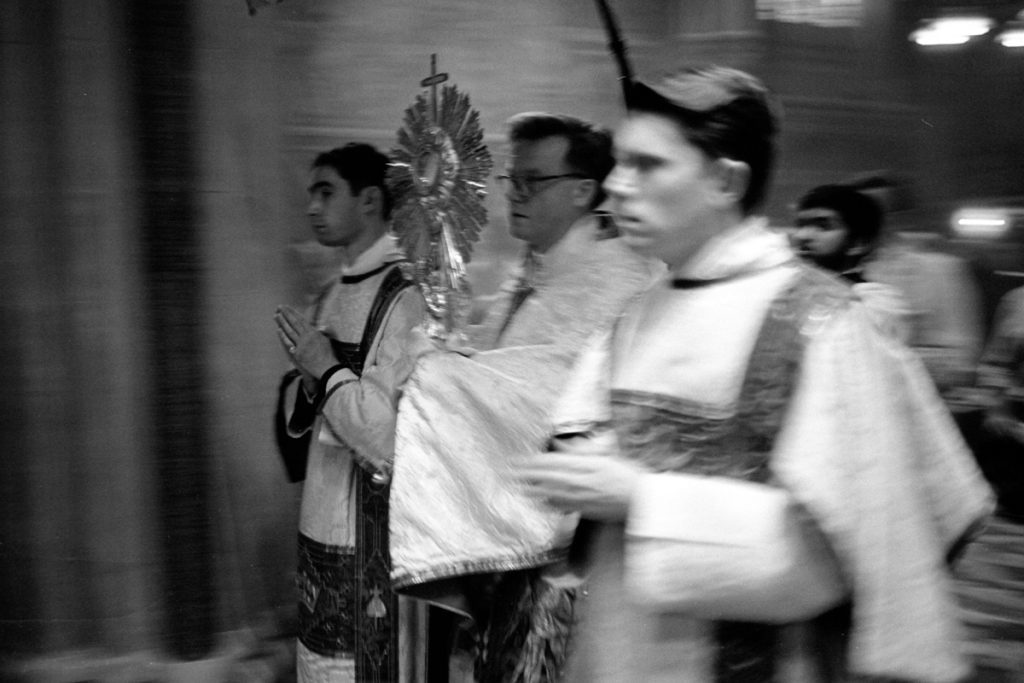
Versatility
Fast-paced documentation means mid- and slower-speed films are reserved for conditions I know I will be outdoors or have access to lights that allow a deeper depth of field and versatility in my exposures. A low 50 speed film will see me through a bright summer’s day at the beach when everything is reflecting the sun strongly, whereas a 400 speed will be my all-rounder in the winter. 200 is only a stop lower than that, making it useful across conditions as light changes from softer to harsher throughout the day, while low enough to allow for creative decisions with aperture even as the sun reaches its height.
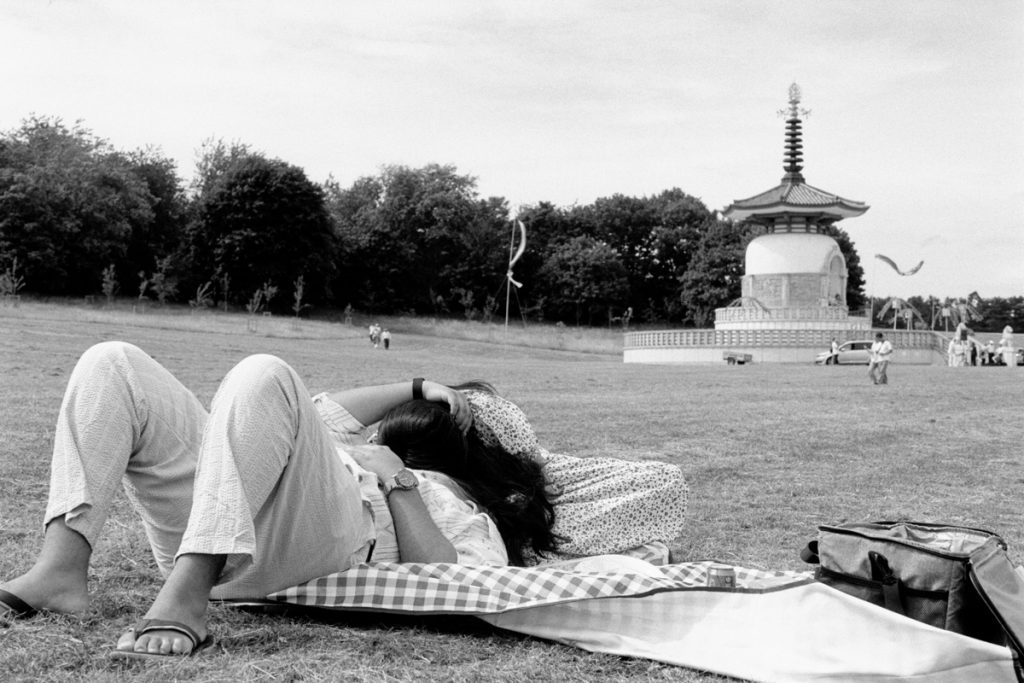
Wonderfully Positive
The penultimate weekend of June turned out to be the perfect proving ground, and I was able to pick up some rolls in time to work with them across a very busy few days. A Corpus Christi procession in Central London, followed by the Summer Solstice celebration at Stonehenge, concluded by the 45th Anniversary celebration of the Peace Pagoda in Milton Keynes: all wonderfully positive and wholesome events, with as close to a photogenic guarantee as I can imagine!
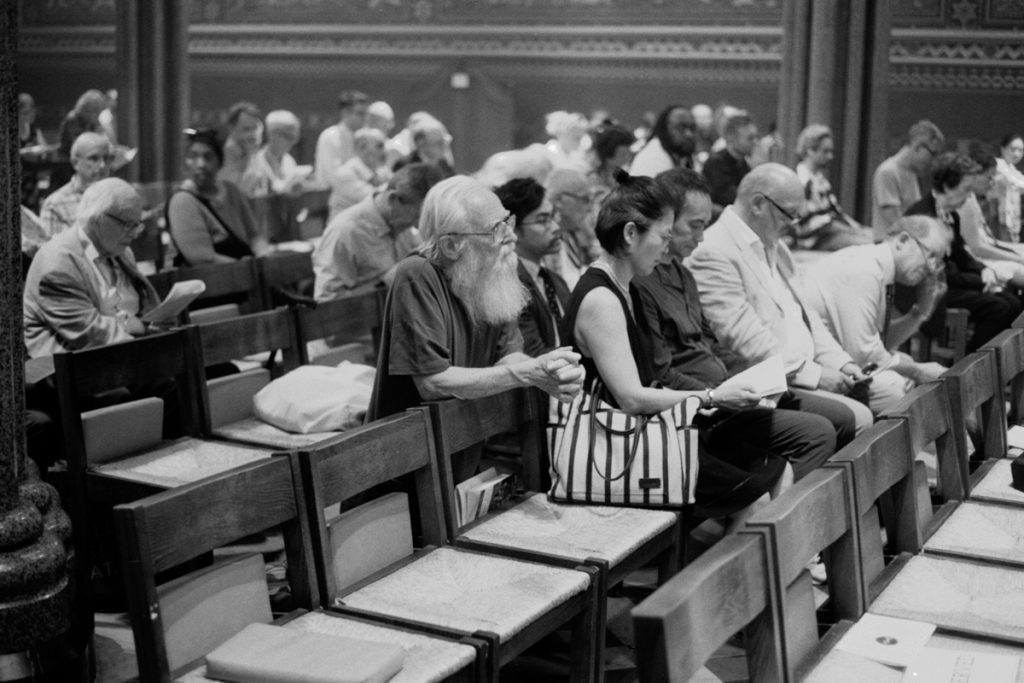
Do Something Differently
Working these events is always productive somehow, however I don’t have a consistent formula for producing photographs in these environments. I'm not after the same photographs over and over, I want to make work both fresh to me and for my projects, so if I feel previous years have been too homogenous, I'll go out of my way to do something differently, which usually means adaptation in mentality, proximity, compositional style, and focal length.
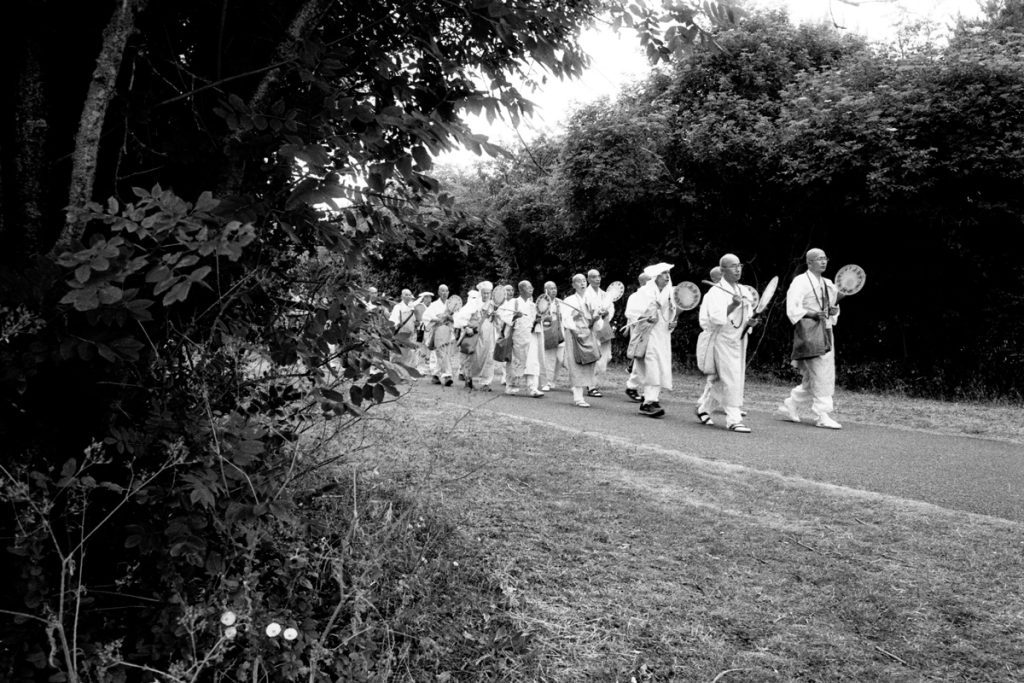
Accessible
Kentmere 200 entered the UK market at a very accessible price point, which offers that freedom, allowing me to spend more frames and experiment with a little more comfort, knowing that failure won’t be a financial stress as it is with some of the pricier options. I joked to Andrew while working that I was most interested to see the contrast-to-price-point relationship, and so far the results have not disappointed. My exposures are consistent with the way I work with other films, following my meter, which I set for my subject where possible. I exposed everything at box, which is how I am always likely to use this film, I don’t see the need to push it or pull it when films exist explicitly in those greater and lesser ranges, with looks I am happy with after much use already.
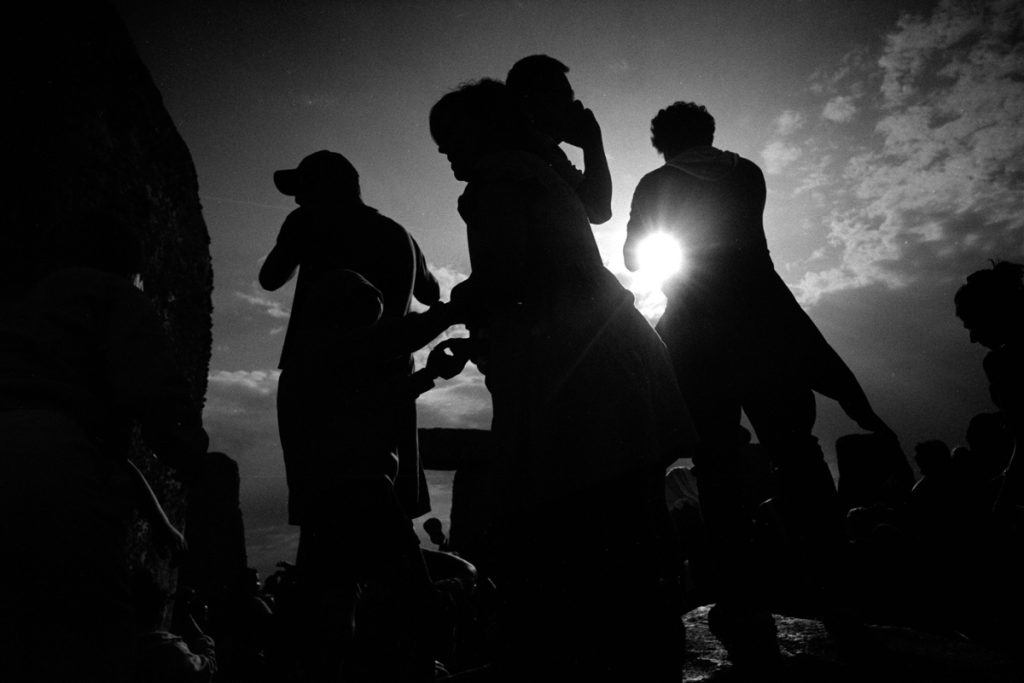
Strikes a Balance
I developed everything in Ilfotec HC, a developer I’ve come to rely on for its versatility and reliable tonality across different film stocks. At a dilution of 1+47, it strikes a balance between sharpness and grain structure fine enough to maintain detail in textured subjects (like fabric, foliage, or skin) while still delivering a slightly punchier contrast than more neutral developers like Rodinal, which is my other go-to chemical. Since Kentmere 200 is a newer emulsion, I couldn’t find published times for this combination, but estimating based on past experience was straightforward.
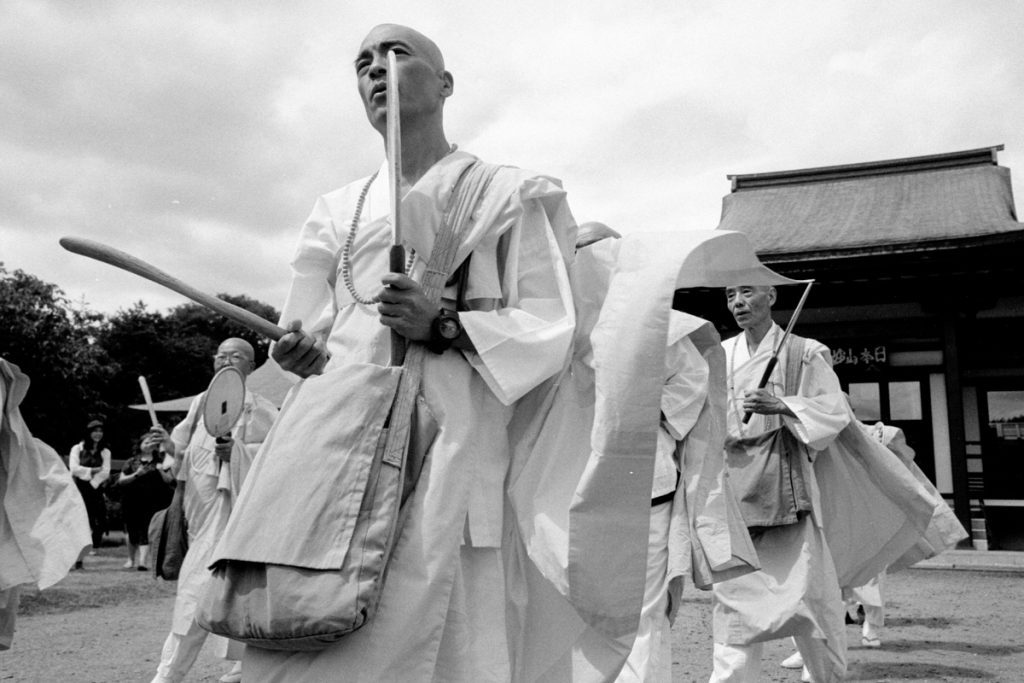
The Grain
Ilfotec HC is a highly concentrated developer, so a 1+47 dilution extends its working life while still providing active development. I settled on 7 minutes 45 seconds, with 30 seconds of initial agitation followed by three inversions every minute. This gave me negatives with strong, but not excessive, contrast and a full tonal range; highlights held texture even in bright daylight, while shadows retained enough detail to avoid becoming muddy. The grain was present but fine, ideal for the documentary style I work in, where a little texture adds character without distracting from the subject.
The Harsh Sun
One advantage of this dilutionmethod is its forgiveness: slight over- or under-exposure (within a stop or so) still yields usable negatives, which is crucial when working quickly in changing light. The dynamic range of Kentmere 200 complements this well, as it doesn’t block up easily in high-contrast scenes, something I tested thoroughly under the harsh sun at Stonehenge.
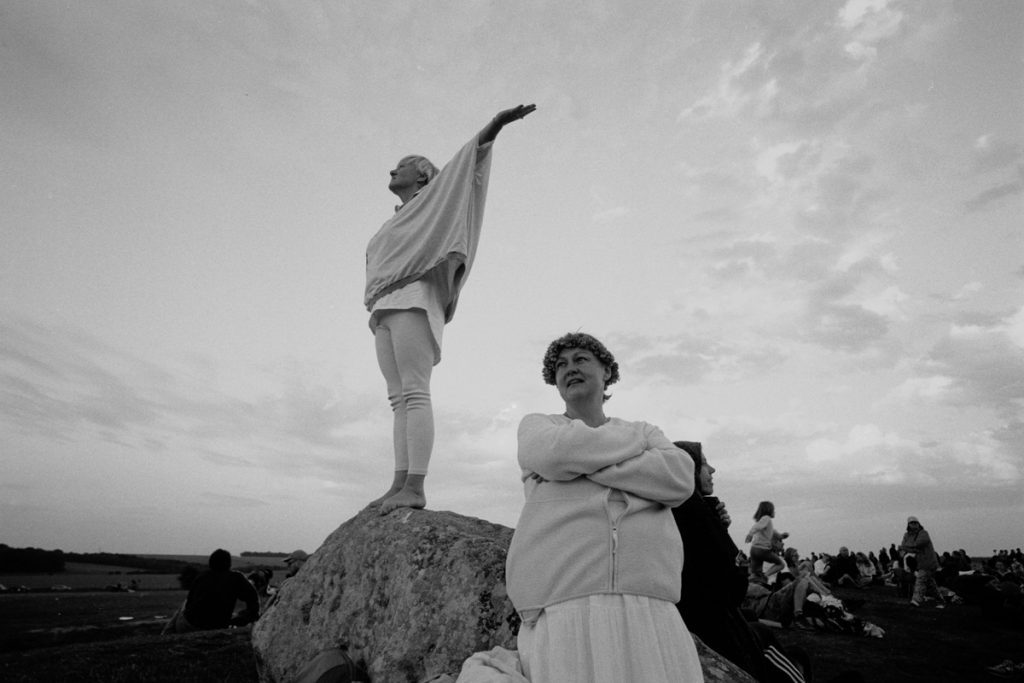
Corpus Christi Procession
The Corpus Christi procession I attended was not the usual one I have been to in previous years, as that annoyingly coincided with the Sunday I was due to be in Milton Keynes. Instead, I went to one held earlier in the week, at All Saints Margaret Street, which was a smaller congregation but a lovely atmosphere. I made some of my first exposures with Kentmere 200 as the procession left the Church and passed down along a section of Oxford Street. The light was dim, not the golden hour I had hoped for, but I was still able to make consistent exposures with the available light.
The incense from the censers contributed to the ambiance back in the Church, and stepping inside I had to slow my shutter speeds and pan for the motion. In these conditions, I would have been doing the same with 100 or 400 speeds, either a stop higher or lower accordingly, so I wasn’t making any unique compromise I ordinarily would have avoided.
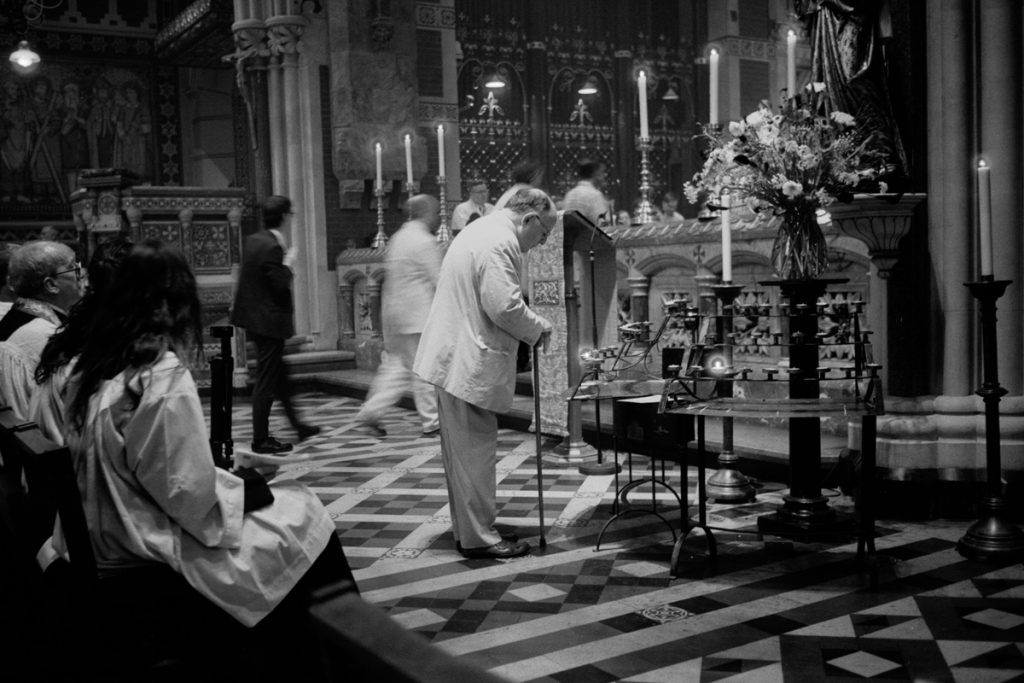
Summer Solstice at Stonehenge
The next day I left for Salisbury, and we arrived with plenty of light left to work until sundown. Summer Solstice at Stonehenge is one of my highlights of the year, one of the most photogenic situations I can put myself in. It was only last year, however, that I felt I was at a level of skill to be able to meet the situations with my camera, and this year I switched things up only slightly from then, using a 50mm and a 21mm, which are an ideal combination for working within a “bubble” of a few metres’ worth of action.
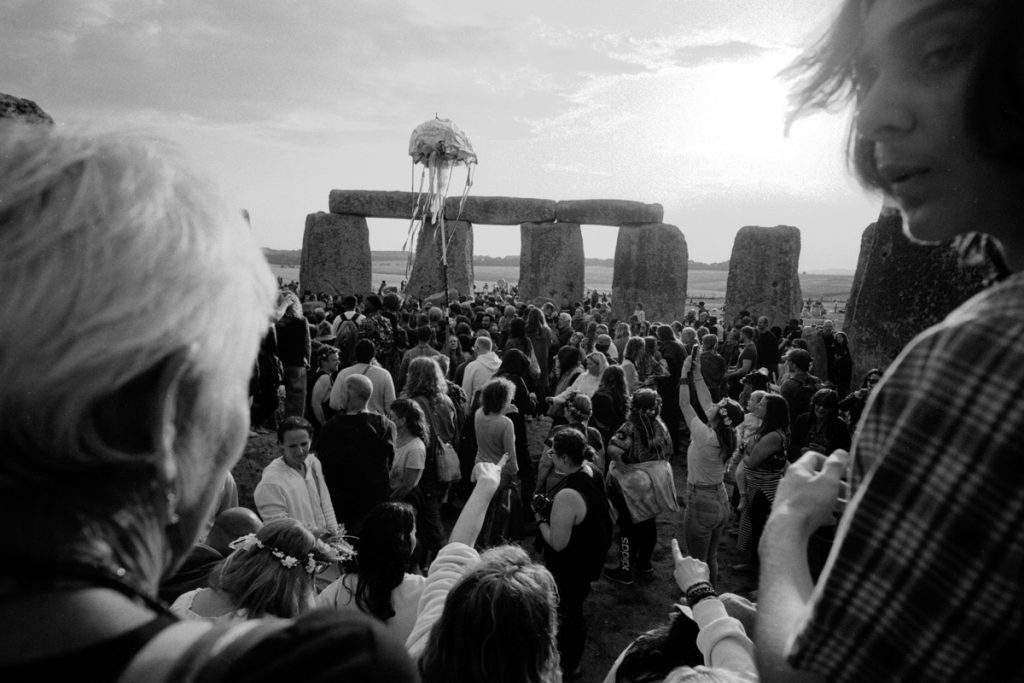
Just Isn’t For Me
After sunset, I used flash for a couple of images, but really wasn’t feeling the party atmosphere. I think that aspect of the event just isn’t for me, and no matter how I try I won’t be happy with the images. I rested and returned for sunrise, fresh and energetic to work without flash, in the environment I had so anticipated. As the Solstice sun emerges from the horizon, a flurry of spiritual rituals and celebrations break out among the crowd, and I dart between the different groups, using 21mm for general coverage and occasionally lifting the 50mm for a narrower scene, or a portrait.
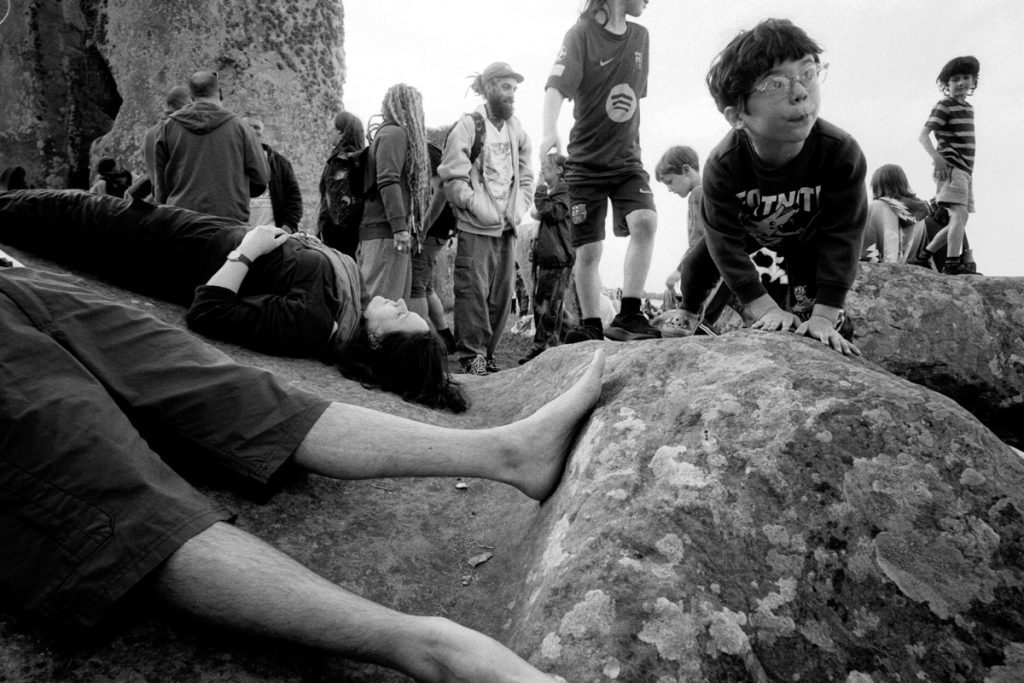
Dream-Like
In a wide, flat space like this, I like to frame against the sky for easy separation, which can be a struggle for high-contrast films to maintain detail where needed. The Kentmere 200 gave me well-rendered subjects against clearly visible sky detail, which is much preferable to having it a washed-out abstract glowing pure white. Even with the very bright summer sky, the film performed excellently in balancing the extremes. There is something of a glow almost a halation effect around some of the darker areas when set against bright, and the effect is more dream-like than vintage to my eye.
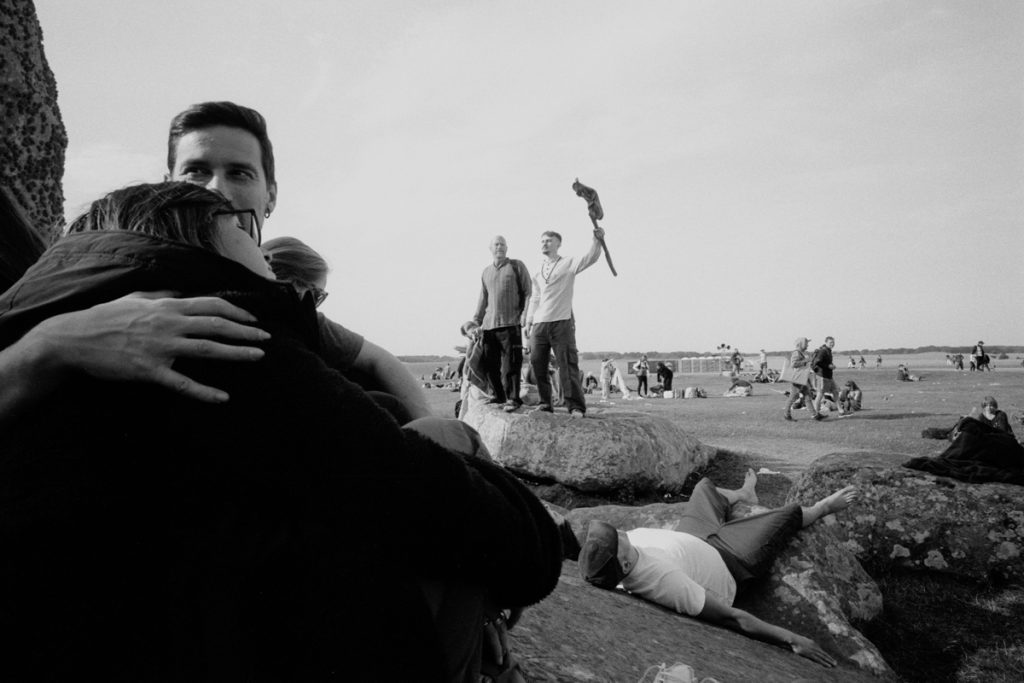
Peace Pagoda
After making it home and sleeping, I caught an early train to Milton Keynes for the celebration of the 45th Anniversary of the Peace Pagoda next to Willen Lake, a very special and peaceful place. Monks and devotees came in from around the country and even a few from overseas, joined by the local community, including passers-by who were welcomed when their interest drew them towards the chanting and ringing of bells.
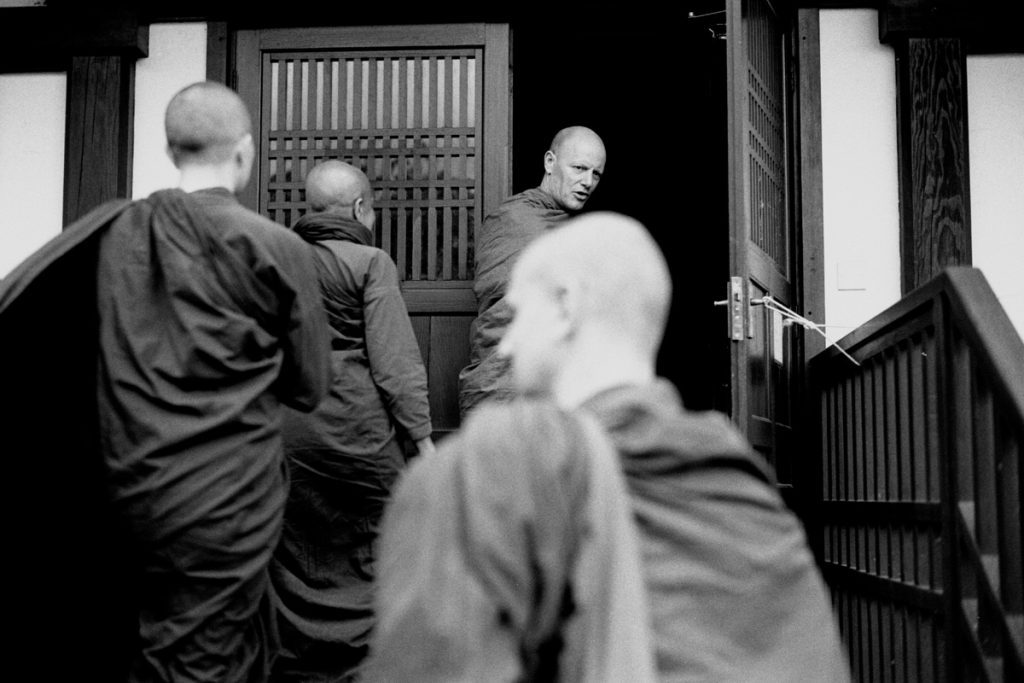
Cliché Image
At several points throughout the ceremony, leaf-shaped paper-tissue confetti rained down from the roof of the pagoda, where one volunteer was partially concealed beneath the overhanging structure. These filled the air and were a fine detail to capture, difficult to compose with, and I wasn’t sure what I would end up with in my frame. Local dancers and performers included a group who incorporated a thousand-hands style form, and I asked them to repeat it off stage so I could get this photograph, one I’ve wanted for a long time! I know it’s a cliché image, but it’s nice to have an iteration of my own. I framed the performers against the sky and metered for the grass.
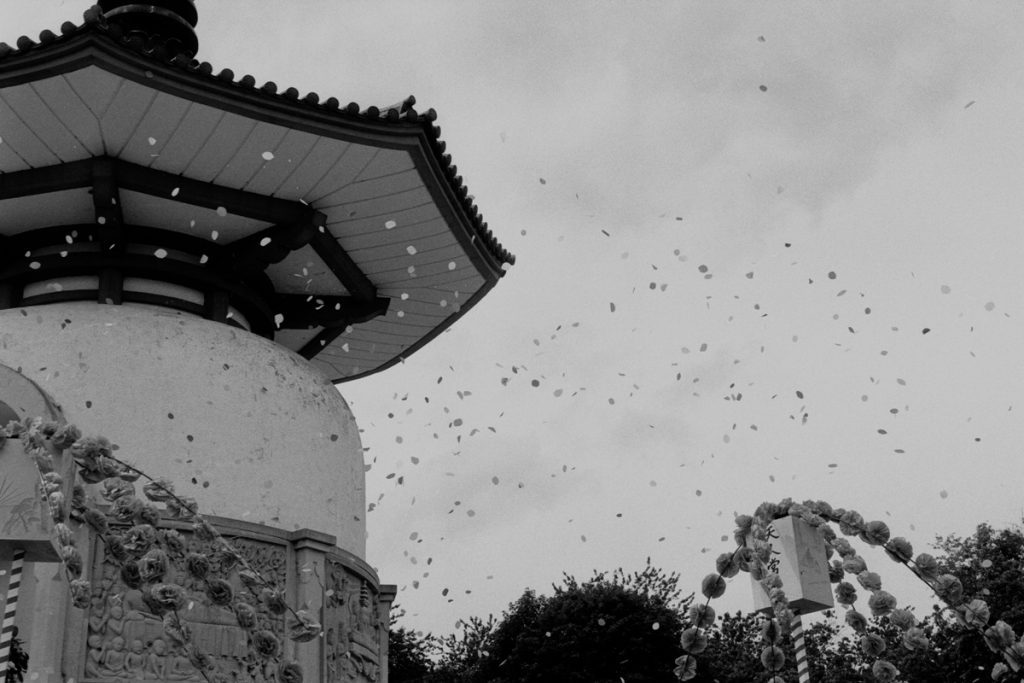
Their Merits
Luckily, they turned out very nice, more or less exactly as I’d hoped. I’d be comfortable recommending both the film and the development strategy for anyone wanting to keep things cheap and versatile over spring, summer, and autumn. I haven’t yet done a direct side-by-side with other films, although that isn’t really my style, I prefer to treat each frame as its own object, with its own merits, and these frames most certainly have their merits, and quite a few will likely find their home in print as part of my long-term projects.
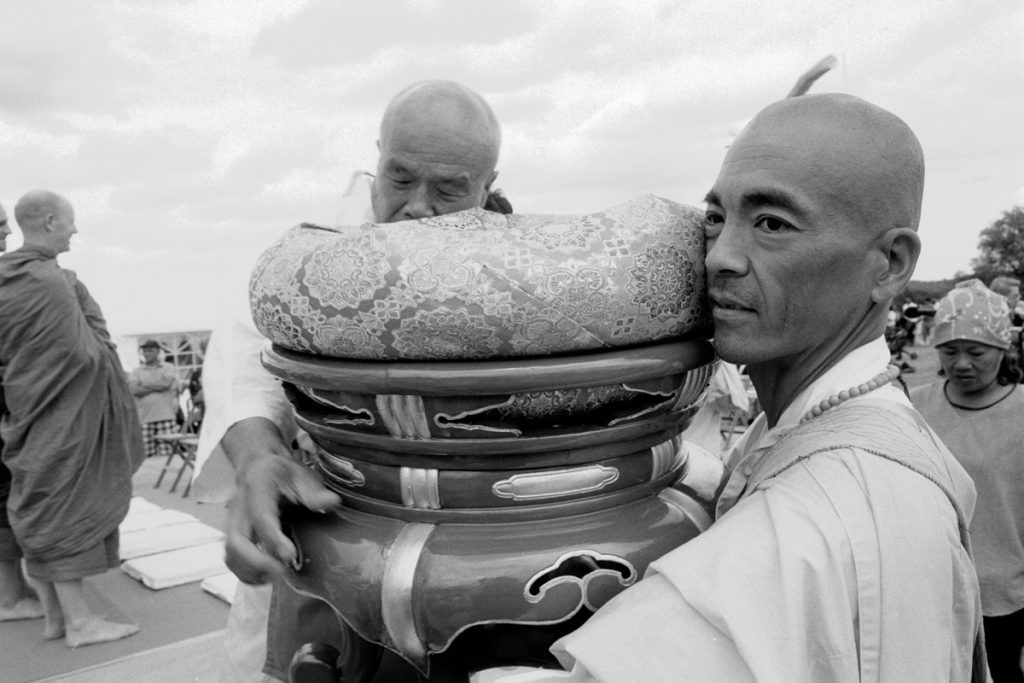
More Deliberate
For more deliberate projects, I’m considering pairing it with FP4+ (or another slower film) when I want a contrast shift or finer grain for larger enlargements. Kentmere 200 could handle the bulk of the shooting, while FP4+ might be reserved for portraits or scenes where I anticipate prints beyond 16x20". The two films share enough tonal similarities to sit cohesively in a series, but FP4+’s finer, more detailed grain structure could provide a subtle lift in detail for key images.
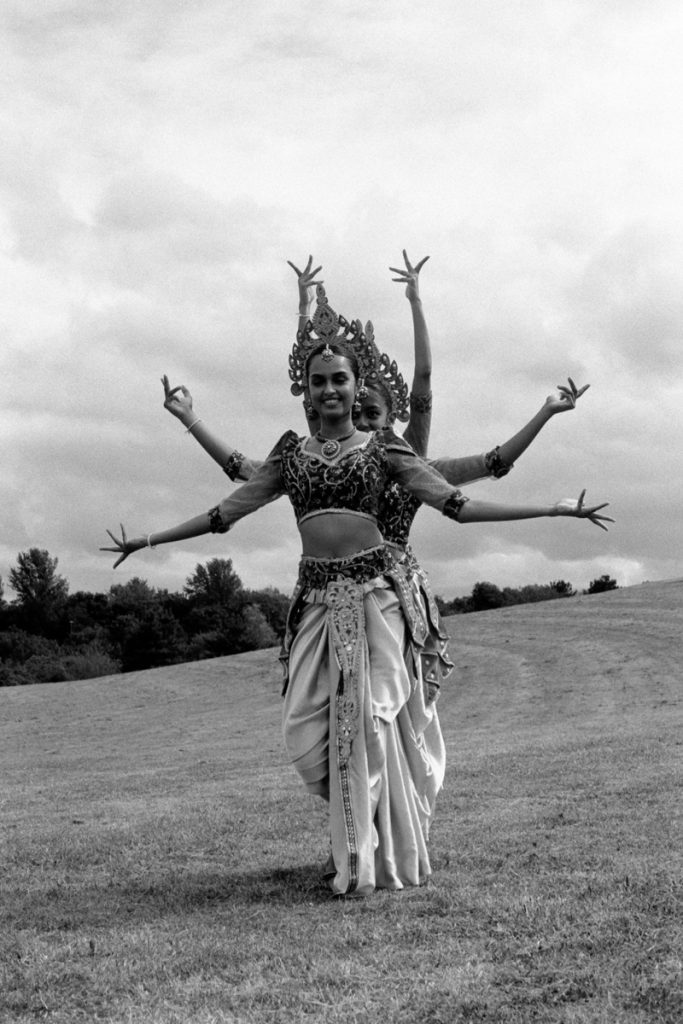
Images ©Simon King
About The Author

Simon King
I used a photograph from the previous Solstice sunrise in the short video I made for the ILFORD #MyFilmStory series (https://www.youtube.com/watch?v=2PjDZU8h_VI), and yes, all of the photographers I was with made some kind of joke along those lines because I talk about not being a sunrise photographer as a poetic turn of phrase. You can find more of my photographs on my Instagram (www.instagram.com/simonking_v)






